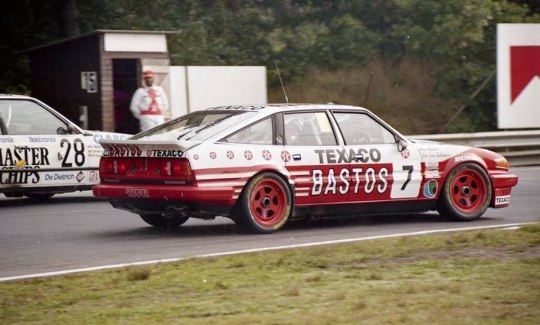#SD1
Photo

Source
“Sudden Death I” by Daniel Sigman (2004)
Published by: DGGames
[SD1.ZZT] - “$I”
Play This World Online
0 notes
Photo

Great day out with @hellfiremotorvehicleclub today esp seeing @jammbert SD1 and this TR7 V8 #rover #sd1 #tr7 #tr7v8 #hellfiremotorvehicleclub (at Bicester Airfield) https://www.instagram.com/p/CrYcSYVIKpJ/?igshid=NGJjMDIxMWI=
0 notes
Photo
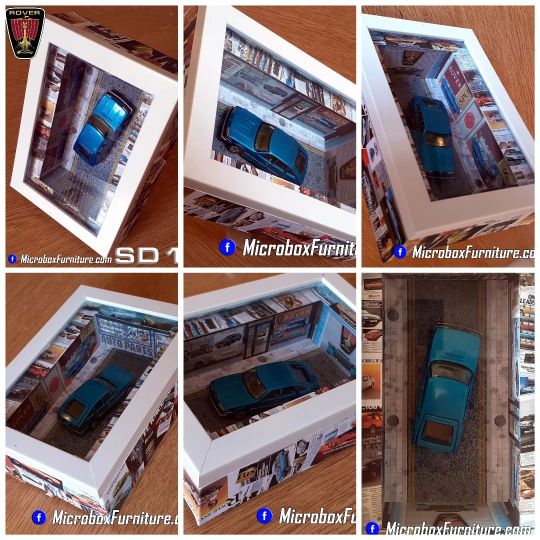
Available on microboxfurniture.com #rover #roversd1 #rover3500 #sd1 #3500 #corgi #model #ornament #diecast https://www.instagram.com/p/CkHcfecoFMz/?igshid=NGJjMDIxMWI=
0 notes
Text


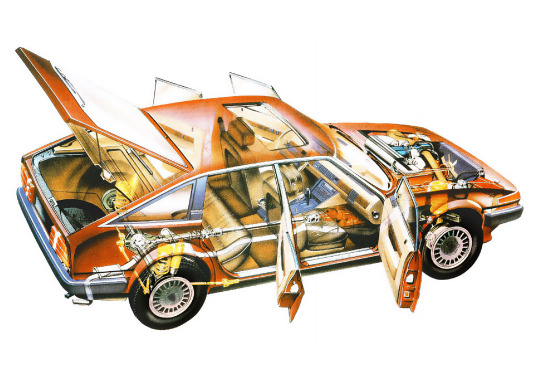
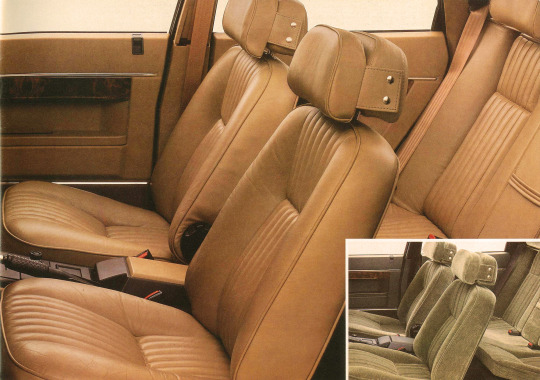

Rover Vanden Plas, 1980. A luxury version of the Rover SD1 was marketed using the historic Vanden Plas brand
#Rover#Rover SD1#Rover Vanden Plas#Vanden Plas#1980#luxury car#fastback#V8#alloy V8#1980s#dead brands#cutaway
142 notes
·
View notes
Photo

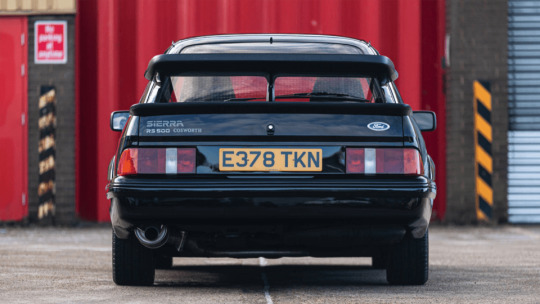

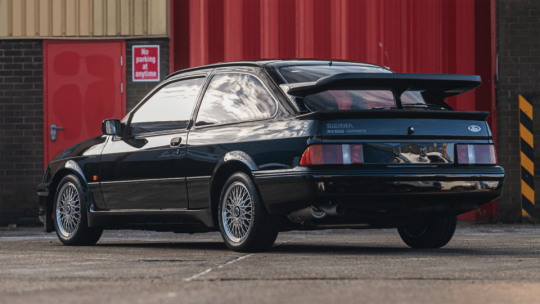

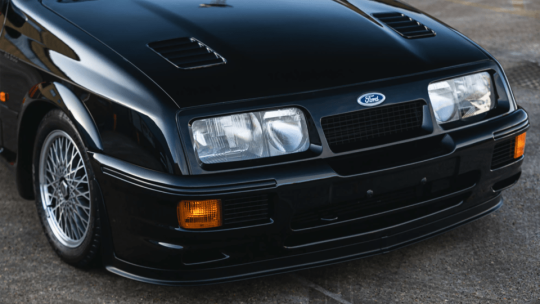
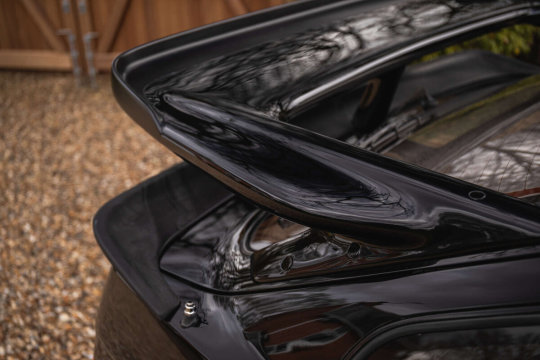



Ford Sierra RS500 Cosworth (1 of 500).
The Ford Sierra RS500 Cosworth was built with one aim only – to defeat the rampant Rover SD1s in Group A touring cars. The rules mandated that 5000 road cars had to be built, plus a 500 extra examples with modifications that could be utilised by the race teams. For the RS500, these included a reinforced cast-iron cylinder block, a bigger Garrett AiResearch T04 turbo, a larger air-to-air intercooler, oil-cooled pistons plus upgraded air hoses and oil, water and fuel pumps. A second set of four Weber IW025 fuel injectors came with the car for competition use (adding up to a total of two per cylinder), but these weren’t connected to the ECU on road-going RS500s. The ECU itself was remapped, while there was also a bigger intake plenum and a secondary fuel rail; the addition of the latter two items necessitated that the battery tray be altered by Tickford, which was charged with making the conversions to RS500s. It’s rumoured that the battery trays were altered by use of a hacksaw…
Further changes included a slightly different thermostat housing and alternator bracket, while the front bumper was altered with a slim air intake above the numberplate and the foglights were ditched for extra cooling ducts. The enormous rear spoiler was augmented with a thicker trailing edge and a secondary spoiler added below this.While all these changes made only a modest difference to the road machine, bringing horsepower up from 204bhp to 224bhp, the car sold out in August 1987. It pretty soon became the model to have for outright race wins in Group A touring cars. The engine, a four-cylinder Pinto, made just 90bhp in unturbocharged form. In 1987, the Sierra Cosworth was making 370bhp, but the RS500 took this to 470bhp. Further racing enhancements from the likes of Rudi Eggenberger in Germany, Andy Rouse in the UK and Dick Johnson in Australia boosted this to 500bhp and beyond in just a few years. When the RS500 finally bowed out in 1992, Dick Johnson had the motor up to a rumoured 600bhp.
71 notes
·
View notes
Video
Out of Scale por guen-k
5 notes
·
View notes
Text


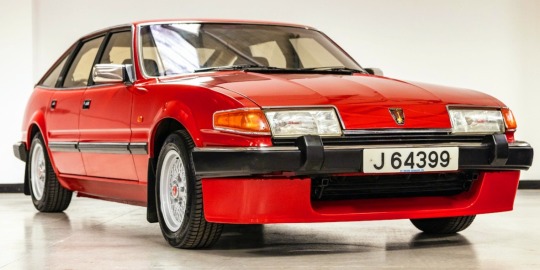




🇬🇧 Enter the realm of automotive legend with the Rover SD1, a marvel born from the collaborative genius of the Specialist Division and Austin Rover within British Leyland. Crowned the European Car of the Year in 1977, its "SD" moniker not only denotes "Specialist Division" but also heralds a new era of innovation as the inaugural masterpiece from the in-house design team.
🏗 Crafted in the hallowed halls of Solihull, the SD1 laid the foundation for the iconic Rover 800 in 1986, a testament to its enduring legacy. Meanwhile, the revered Rover V8 engine continued to roar with power until 2003, a symbol of uncompromising performance.
🚘 But the SD1's story transcends the showroom floor, igniting the passions of motorsport enthusiasts with its dominance in Group A touring car racing during the mid-1980s. From the thrilling victories at the RAC Tourist Trophy to the prestigious British Saloon Car Championship, the SD1 left an indelible mark on the racing circuit.
👨✈️ Beyond the racetrack, the SD1 emerged as the ultimate symbol of authority, serving as the vehicle of choice for UK police forces during the tumultuous decades of the 1970s and 1980s. From bustling city streets to expansive motorways, the SD1 stood as a guardian of law and order, commanding respect with its unparalleled presence.
#Transatlantic Torque#Brits and Yanks on Wheels#english cars#made in england#made in america#cars#retro cars#old cars#retro#vehicle#brands#companies#rover group#mg rover#british motor corporation#british leyland#mg motor#made in uk#rover sd1#rover v8#british cars#car#retro aesthetic#1970s#1970s cars#1980s#1980s cars#corporations#industry#rover 800
4 notes
·
View notes
Photo

Rover SD1 advert. Spain, 1984
12 notes
·
View notes
Text
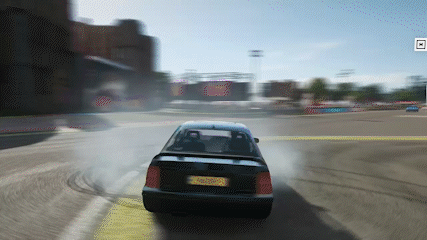



#forza horizon 4#vauxhall lotus carlton#mini john cooper works#rover sd1 vitesse#bmw z3 m coupe#forza#forzaedit#forza horizon#caredit#gamingedit#gameedit#videogameedit#gif#gifs
1 note
·
View note
Text
Jonny’s Summer 2023 Guitar Pedalboard

Jonny about to stomp on a pedal during the Smile's show at Auditorio Nacional in Mexico City in late-June, 2023 (elamplimx).
With Radiohead, Jonny is known for very slowly adding pedals to his setup. While Ed often has half a dozen new pedals for a new album tour, Jonny often adds only one (such as his Headrush in 2000 or his Freeze in 2012). And when Jonny swaps out a pedal for a similar one (like one tremolo for another tremolo), it’s usually only when his old pedals are too worn out for touring (such as his original Whammy WH1 and vintage RE-201 Space Echos). One might think Jonny keeps the old pedals around because, since Kid A, he’s often playing other instruments. However, at live shows Jonny is still happy to replicate some recorded sounds on guitar, whether it be the filtered samples on Feral (using volume pedal, Whammy, and phaser) or the col lengo strings on Burn The Witch (using Whammy, overdrive, and a cello bow). It’s clear he enjoys getting the most out of those pedals in that specific arrangement.
But with The Smile, Jonny has been swapping in new pedals pretty regularly. In 2022, Jonny was experimenting constantly, sometimes adding new pedals for only a couple of days before swapping in a replacement. He quickly eschewed some of the Radiohead-favorites heard during the earliest Smile streams, such as his Small Stone, Tremulator, and OD3. In their place came flangers, compressors, and expression pedals: types of pedals he’d never used with Radiohead.
However, it seems like Jonny found a setup he was fairly happy with by the end of the fall 2022 tour. His latest live board is quite similar to the one used during March 2023 recording sessions for the band's upcoming second album, but even so there are a couple surprises!
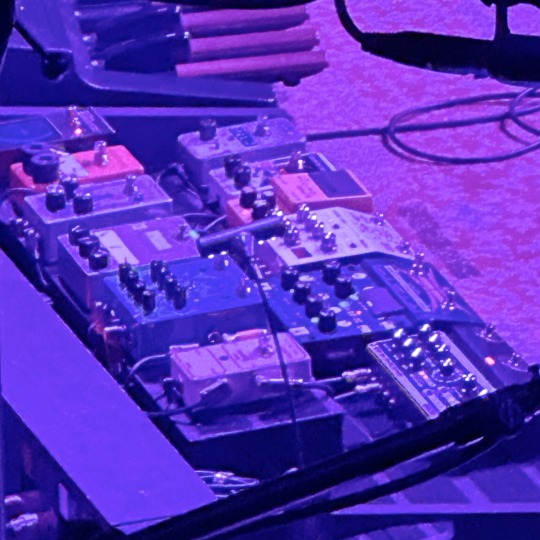
A photo of Jonny's guitar board at Philadelphia's Franklin Music Hall on July 8, 2023 (photo by Gio H.). He used this setup for the band's North American tour spanning 14 shows in June and July.
Guitar ->
Peterson StroboStomp HD tuner
MXR Dyna Comp compressor
EHX Freeze Sound Retainer
EHX Pitchfork pitch shifter
Boss SD-1 Super Overdrive
EQD Hizumitas fuzz
Telenordia/Tortenmann TA-24 Treble Booster
Boss DD-200 delay
Akai Headrush E2 delay/looper
Boss RE-202 Space Echo delay/reverb
EQD Pyramids flanger
Toadworks True Bypass (laptop send/return loop)
Lehle P-Split III signal splitter (A/B) <
(A) Radial JDI Stereo direct box <
Radial Ch1 LOW-Z output -> FOH Mixer
Radial Ch1 THRU output -> Fender ’65 Reissue Super Reverb
(B) Strymon Iridium -> Radial JDI Stereo direct box (Ch2 LOW-Z output) -> FOH Mixer
The small lamp over the board is a Mighty Bright HammerHead music stand light.
Jonny previously used a Peterson StroboStomp HD with his Sequential Circuits Prophet 5 on the Smile's 2022 tour. But this is the first time he’s been seen with one on his guitar board. It replaces the Boss TU2 he’s used since the earliest Smile shows.
The Telenordia Treble Booster is borrowed from Thom. The Telenordia is still marked with Thom’s guitar settings, from when he used it on You Will Never Work In Television Again during December 2021 rehearsals.
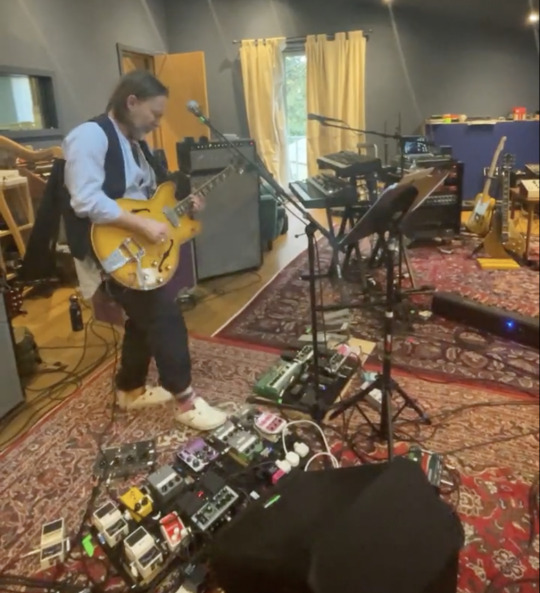
Thom stomping on Jonny's current Telenordia Treble Booster during a rehearsal on December 2, 2021 (youtube).
On Radiohead tours since OK Computer, Jonny has always brought a Vox AC30 — an amplifier well-known for its low and mid gain sounds. With an AC30, Jonny can get different flavors of overdrive by balancing between clipping from the pedal (using the pedal’s gain control) and clipping from the amp (using the pedal’s volume/boost control). And of course, he’d use his separate Shredmaster+Eighty-Five chain for heavy distortion on older songs.
But on tour with the Smile, Jonny has been using a Fender ’65 Reissue Super Reverb, an amp with much more headroom than the Vox thanks to a combination of higher wattage and negative feedback. As a result, we hear the overdrive pedal’s sound more clearly — the Boss SD1’s mid-rangy sound is especially noticeable on live versions of Thin Thing. So it makes sense that even Jonny would want to experiment with multiple dirt pedals for different flavors.
Jonny was first seen using an MXR Dyna Comp in a rehearsal photo, most likely taken when preparing for the fall 2022 tour (despite being posted in 2023). Thom and Ed have both previously used the pedal as well. Thom toured with a Dyna Comp only briefly before switching to his current Telenordia Kompressor. So it's interesting that Jonny first toured with a Kompressor (last year), but has gone the other way and switched to a Dyna Comp.
For those curious about the rhythmic delay setting marked on Jonny’s Akai Headrush E2, check out behind-the-scenes photos from The Smile’s Tiny Desk show. However, so far we’ve still only heard the pedal used as a looper.
Placing his Boss RE-202 after his Headrush allows Jonny to add ambient effects to his loops, as he does during the live outro of Skirting On The Surface.
Jonny first used a Strymon Iridium at a performance of Steve Reich's Electric Counterpoint at the Hidden Notes festival on September 25, 2022. For that show, it replaced his amp. But with the Smile, he’s using it as a backup for his Super Reverb.

A photo of Jonny's pedalboard from a November 2022 show in Anthem, DC (Facebook).
UPDATE: we originally listed the Telenordia TA-24 Treble Booster as a Telenordia TA-100 Overdrive. Thank you to Kayky for noticing!
#The Smile#Jonny Greenwood#Radiohead#Burn The Witch#Feral#You Will Never Work In Television Again#OK Computer#Skirting On The Surface#A Light For Attracting Attention#Thom Yorke#Ed O'Brien
44 notes
·
View notes
Photo

Rover SD1 interior via cassettefuturism
13 notes
·
View notes
Photo



Rover 3500 Janspeed Turbo, 1979. A twin-turbo version of the SD1 Rover that boosted the ex-Buick alloy V8 by 30% and gave the car a top speed of 140mph. Salisbury-based tuners and turbo-charging specialists Janspeed still exist though of course Rover does not
#Rover#Rover SD1#Rover 3500 Janspeed Turbo#1979#twin turbo#tuned car#V8#sports saloon#fastback#turbocharged#dead brands
191 notes
·
View notes
Photo
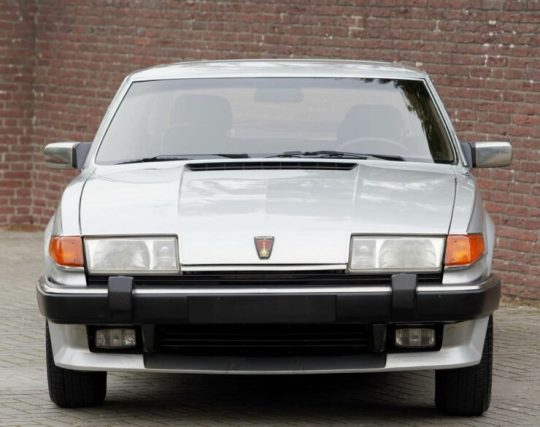


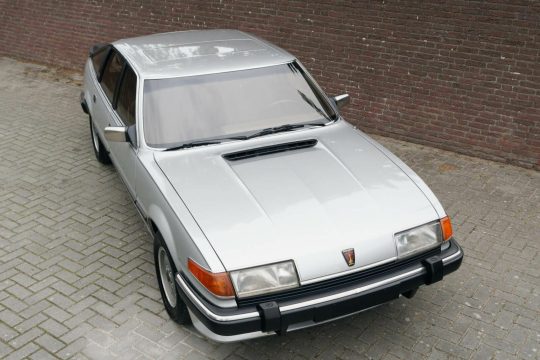
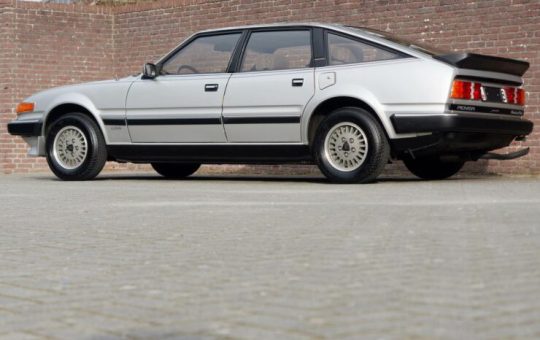
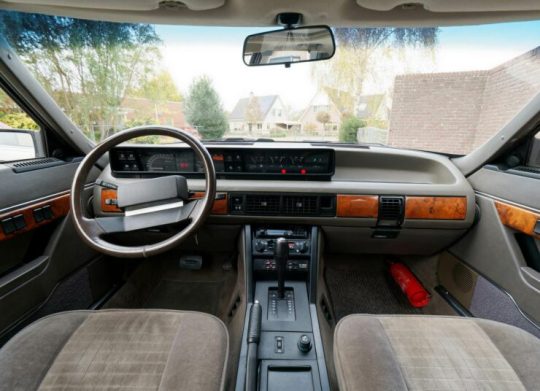

Rover SD1 Vanden Plas (“the poor man’s Ferrari Daytona”).
The Rover SD1 was nicknamed “the poor man’s Ferrari Daytona” not long after its release due to the somewhat similar styling, which probably helped its sales, and the V8-powered four-door executive car quickly earned its place on British roads.With its modern styling and V8 power, the SD1 won the 1977 European Car of the Year title shortly after its release, and it looked like Rover had a winner on their hands.In the early 1970s Rover, now part of the British Leyland (BL) group, began the process of developing a successor to the long-in-the-tooth Rover P6 and the Triumph 2000/2500 sedans.Designers from both Rover and Triumph submitted their design proposals as part of the Specialist Division and perhaps unsurprisingly, the Rover design was chosen as the winner.
The SD1 was developed with a steel unibody chassis fitted with MacPherson strut front suspension, and controversially, a live axle in the rear. Many felt that the live axle was a step backwards when much of the European competition was switching to an independent rear end for better handling.
At the time of the vehicle’s release in 1976 the only engine offered was the 3.5 liter Rover V8, an all-alloy engine that had originally been developed by Buick in the United States before the design and tooling was bought lock, stock, and barrel by Rover later in the 1960s.
This combination of modern styling and V8 power won the Rover SD1 plaudits, it featured in TV shows, it was used by the police for highway pursuit duties, and it became a favorite of British executives who didn’t want to drive something “foreign.”Later in the production of the car it would be offered with straight-six engines as well as a diesel for those concerned with mileage over fun. It remained in production from 1976 until 1986 with over 300,000 made in total.
24 notes
·
View notes
